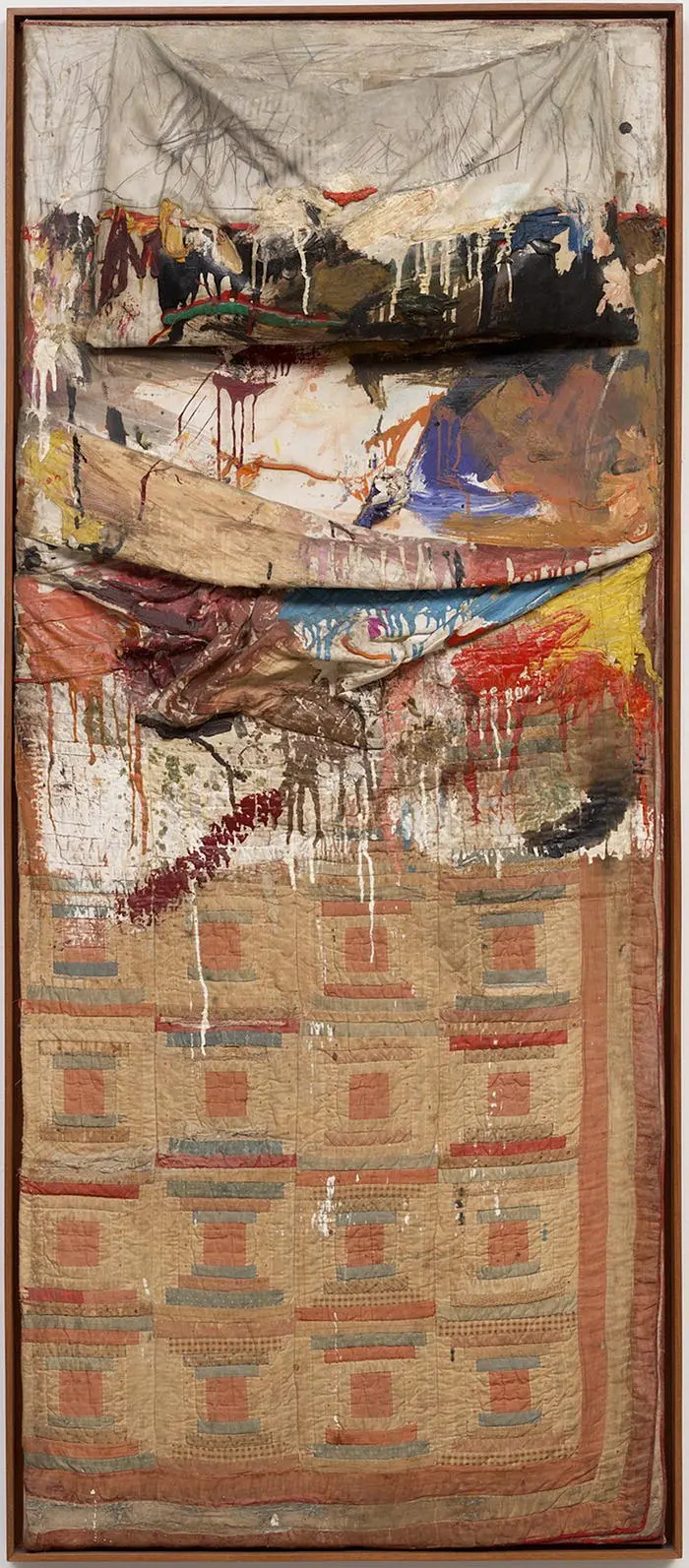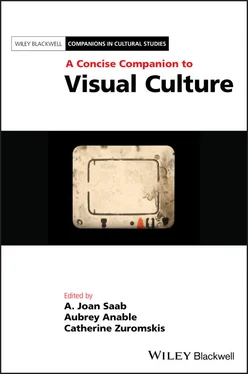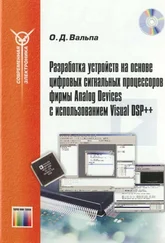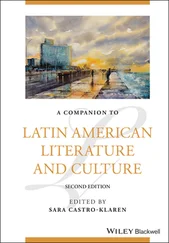This is a bold and prophetic passage, which refuses to read Rauschenberg’s work in the traditional terms of pictorial aesthetics. Instead, Steinberg argues that one must address the flatbed picture plane and its horizontal demand as a dense field of data or visual information, a field that is transmitted to the viewer by way of its “receptor surface” and that requires the viewer’s active perceptual and conceptual engagement. Through the deployment of language that resonates with our own contemporary digital era of computational media and “operational processes,” Steinberg captures how the logic of the information age reframes our understanding of Rauschenberg’s combine paintings. Indeed, Steinberg suggests that analogical thinking is no longer relevant to the flatbed picture plane because “the painted surface is no longer the analogue of a visual experience of nature” (OC, 82). This informational approach to Rauschenberg and his combines is also reminiscent of John Berger’s considerations in his contemporaneous Ways of Seeing —in a project strongly indebted to Walter Benjamin—when he talks about the transformation of painting and the emergence of visual culture in the era of its reproduction and transmission. “In the age of pictorial reproduction, the meaning of paintings is no longer attached to them; their meaning becomes transmittable: that is to say it becomes information of a sort, and like all information, it is either put to use or ignored; information carries no special authority within itself” (Berger 1972, 24). Some of Steinberg’s language and figures are quite similar to those we find in Berger’s foundational text and television program for the emergence of visual culture. For example, the figure of the bulletin board as the site for posting a diverse range of visual materials is also embedded in Berger’s democratic argument that bulletin boards are the new museums of visual culture. Berger writes:
Adults and children sometimes have boards in their bedrooms or living‐rooms on which they pin pieces of paper: letters, snapshots, reproductions of paintings, newspaper cuttings, original drawings, postcards. On each board, all the images belong to the same language and all are more or less equal within it, because they have been chosen in a highly personal way to match and express the experience of the room’s inhabitant. Logically, these boards should replace museums. (1972, 30) 3
With this paradigm shift, art objects are now reframed as a type of visual information among others, to be incorporated and interpreted alongside other visual cultural signs, from advertisements to magazine clippings.
The leveling thrust of Alloway’s long front of culture is reinscribed in Steinberg as the horizontal thinking of the flatbed picture plane, in his analysis of works such as Rauschenberg’s Small Rebus (1956) (see Figure 2.2), where a Renaissance painting is reproduced alongside other elements of visual cultural information and given equal weight: whether these be three‐cent stamps, a map fragment, or a photograph of a track athlete, they are all collaged together on this “opaque flatbed horizontal” that resembles a tabletop. (Interestingly, Rosalind Krauss also reads works like Rauschenberg’s Small Rebus “as a horizontal field” and in a democratizing manner, as related in her interview for Art of the Western World ; see Wood and WNET New York 1989). In this instance as in others, Steinberg’s flatbed picture plane becomes the appropriate pictorial surface for acknowledging the information overload endemic to an age of mass media.

Figure 2.2 Robert Rauschenberg, Small Rebus . Oil, graphite, paint swatches, paper, newspaper, magazine clippings, black‐and‐white photography, United States map fragment, fabric, and three‐cent stamps on canvas, 1956.
Credit: © 2019 Robert Rauschenberg Foundation.
The overdetermined case study for Steinberg’s flatbed picture plane argument and the ultimate triumph of horizontality lies in Rauschenberg’s Bed (1955) (see Figure 2.3). While he refers to this work as the artist’s “profoundest symbolic gesture,” one suspects that it also serves as Steinberg’s favorite because of the readymade embedding of its title in the overarching construct of the flatbed. Steinberg writes:
Perhaps Rauschenberg’s profoundest symbolic gesture came in 1955 when he seized his own bed, smeared paint on its pillow and quilt coverlet, and uprighted it against the wall. There, in the vertical posture of “art,” it continues to work in the imagination as the eternal companion of our other resource, our horizontality, the flat bedding in which we do our begetting, conceiving, and dreaming. The horizontality of the bed relates to “making” as the vertical of the Renaissance picture plane related to seeing. (OC 89–90)

Figure 2.3 Robert Rauschenberg, Bed . Oil and pencil on pillow, quilt, and sheet on wood supports, 1955.
Credit: © 2019 Robert Rauschenberg Foundation.
One is struck immediately by the fact that Steinberg puts the name of “art” in quotation marks here, as if to acknowledge that Rauschenberg’s Bed has performed a radical and rupturing gesture that cannot be contained by art historical thinking and by its presupposition that art is somehow horizontally challenged. Steinberg’s reading also reminds one of the Duchampian tradition from which the neo‐Dadaist Rauschenberg hails and which he furthers in his combine paintings in another way. One recalls that Duchamp’s goal was to go beyond purely retinal painting and visual pleasure and that the express aim of the readymades was “to put painting back in the service of the mind” (Sanouillet 1975, 125; Sweeney 1946). This mindful conception is also at play in Steinberg’s allusions to imagining, dreaming, and conceiving; however, any dialectical opposition between mind and body is immediately problematized when the sexual connotations of conceiving and begetting are introduced. In Steinberg’s reading, the tilt to horizontality encourages the multisensory “making,” which is endemic to visual cultural practice, rather than privileging any type of unidimensional seeing—or of “ocularcentrism,” to invoke Martin Jay’s term in Downcast Eyes (Jay 1993). For Steinberg, the becoming vertical of the bed (its “uprighting” against the wall) paradoxically exposes horizontality (its “eternal companion”) all the more. As he states a little earlier in the essay, “[t]hough they hung on the wall, the pictures kept referring back to the horizontals on which we walk and sit, work and sleep” (OC 87).
There is another aspect of Steinberg’s argument that needs to be reiterated and that has ramifications for the emergence of visual culture. Let us recall, in Steinberg’s words, that the move from verticality to horizontality is also “expressive of the most radical shift in the subject matter of art, the shift from nature to culture” (OC 84). Simply put, Steinberg aligns verticality with nature and horizontality with culture. For the purposes of this genealogy, we only need to add the modifier “visual” to grasp the significance of the flatbed picture plane and its horizontal thinking for visual culture , whether or not Steinberg had the new term in mind (here we also should remember that he was probably the first to apply the term “postmodern” to the visual arts) and whether or not “visual culture” found a place in his parlance—the so‐called Leologisms. 4
Читать дальше














